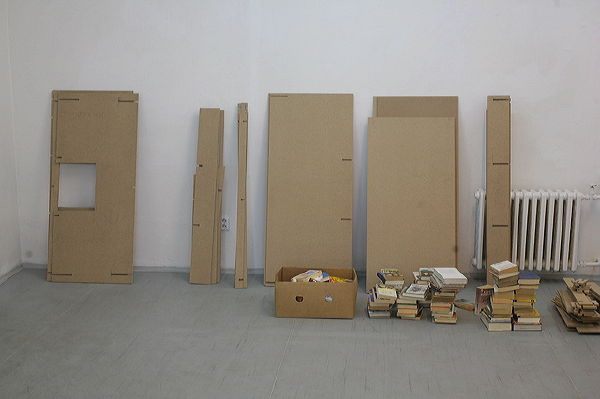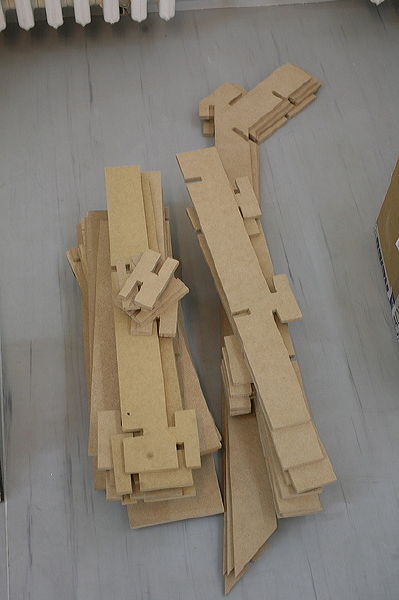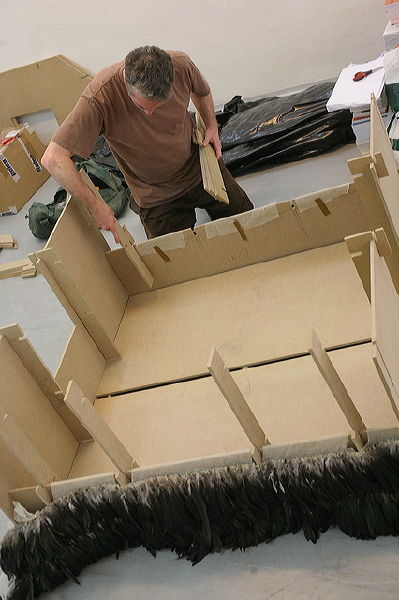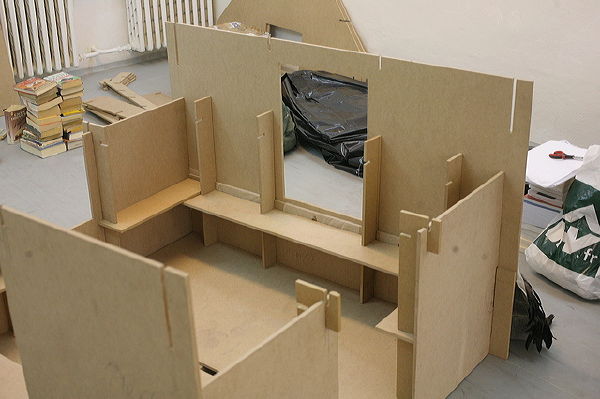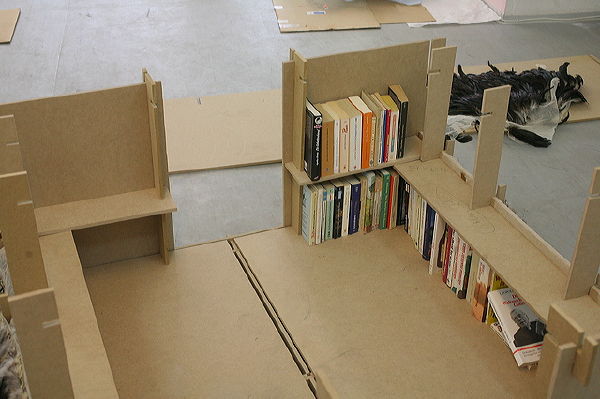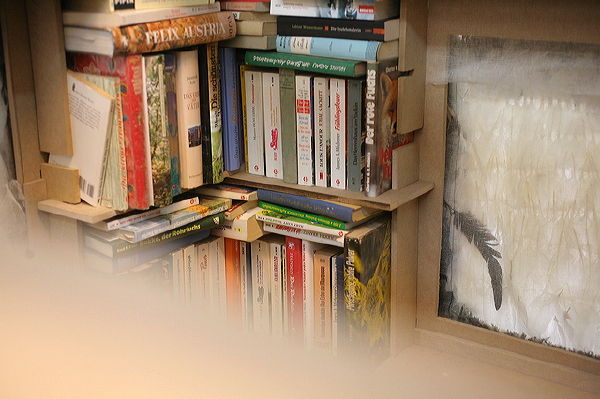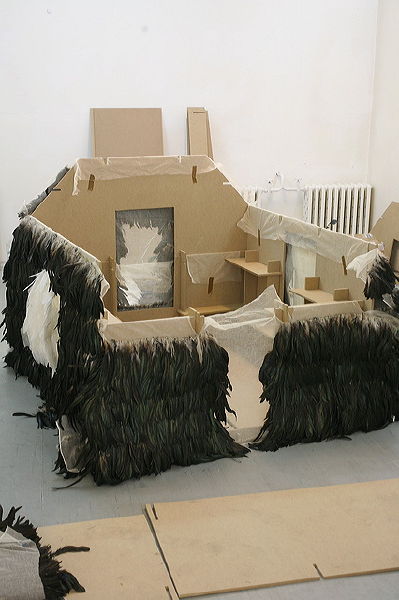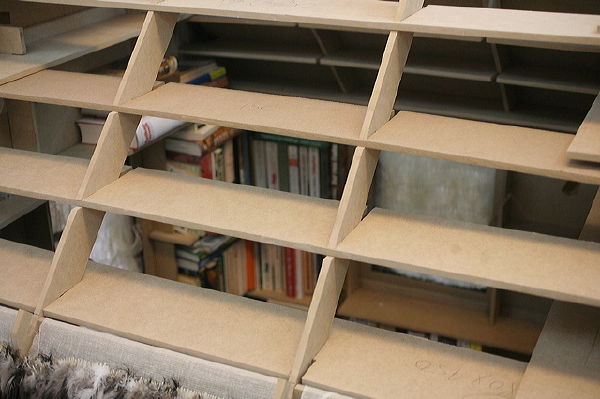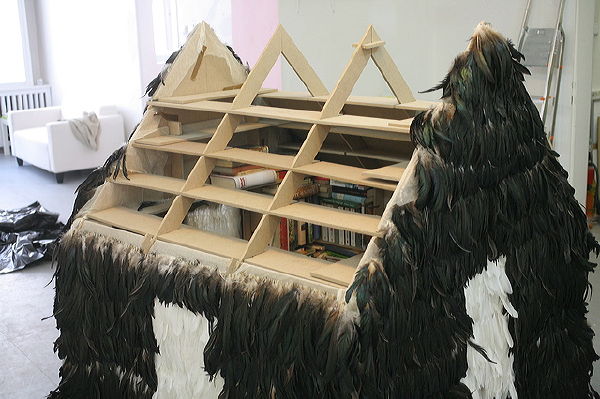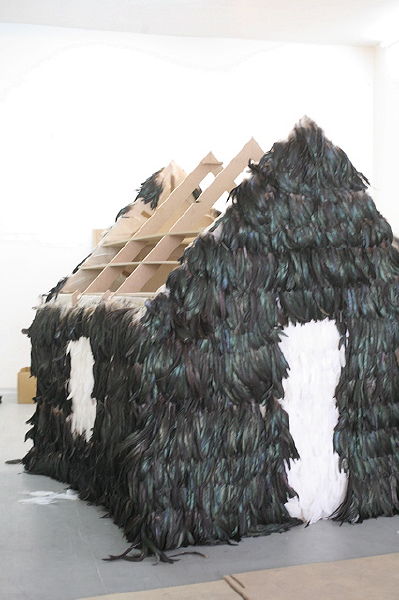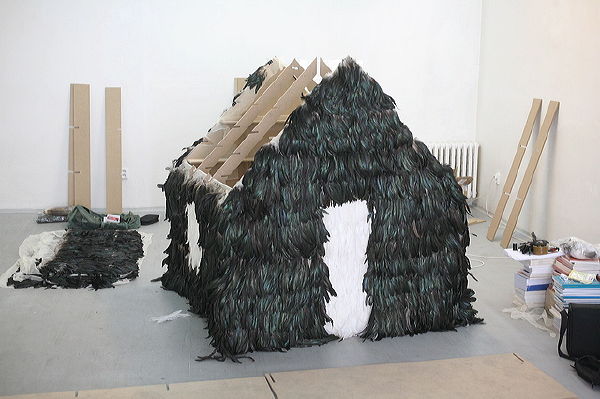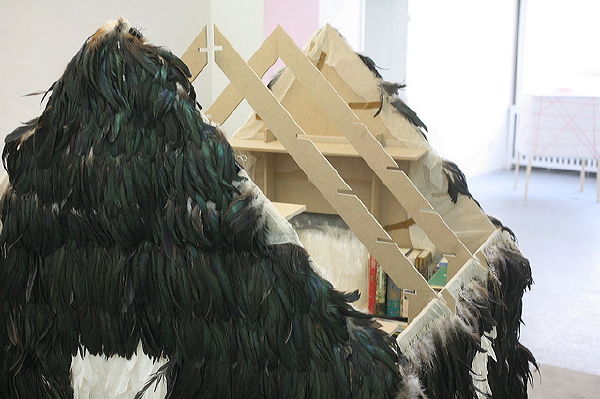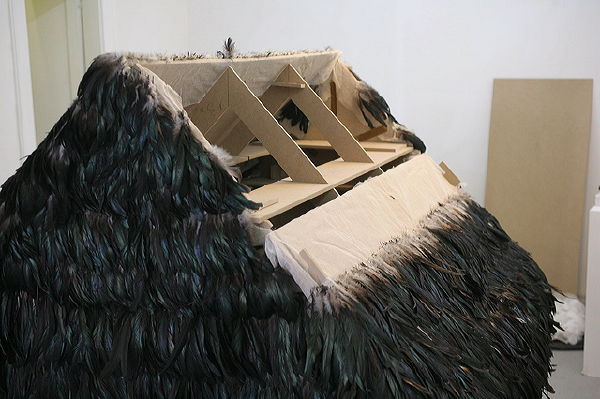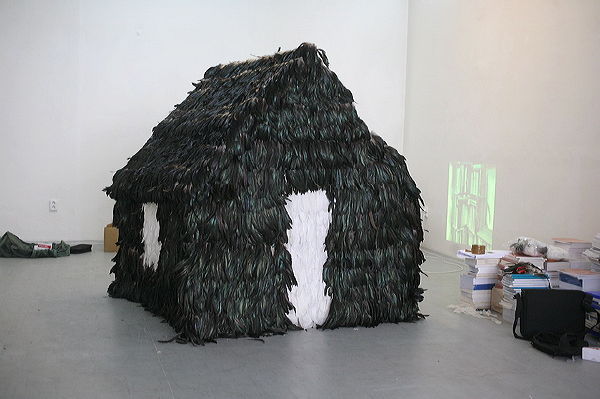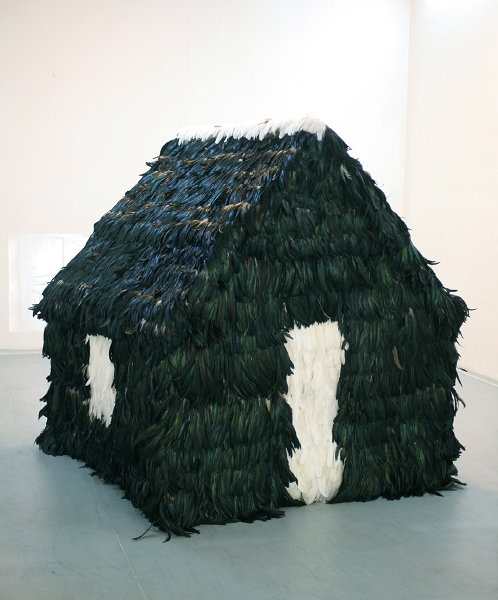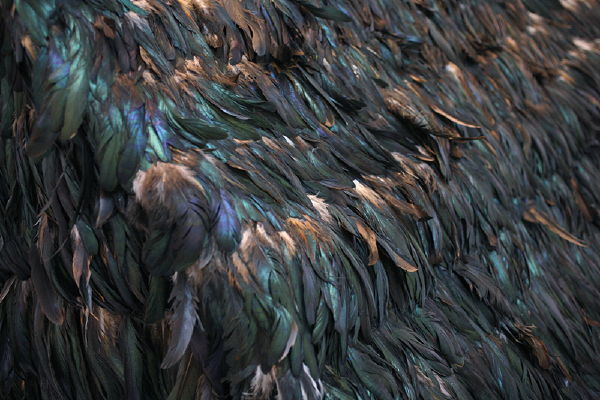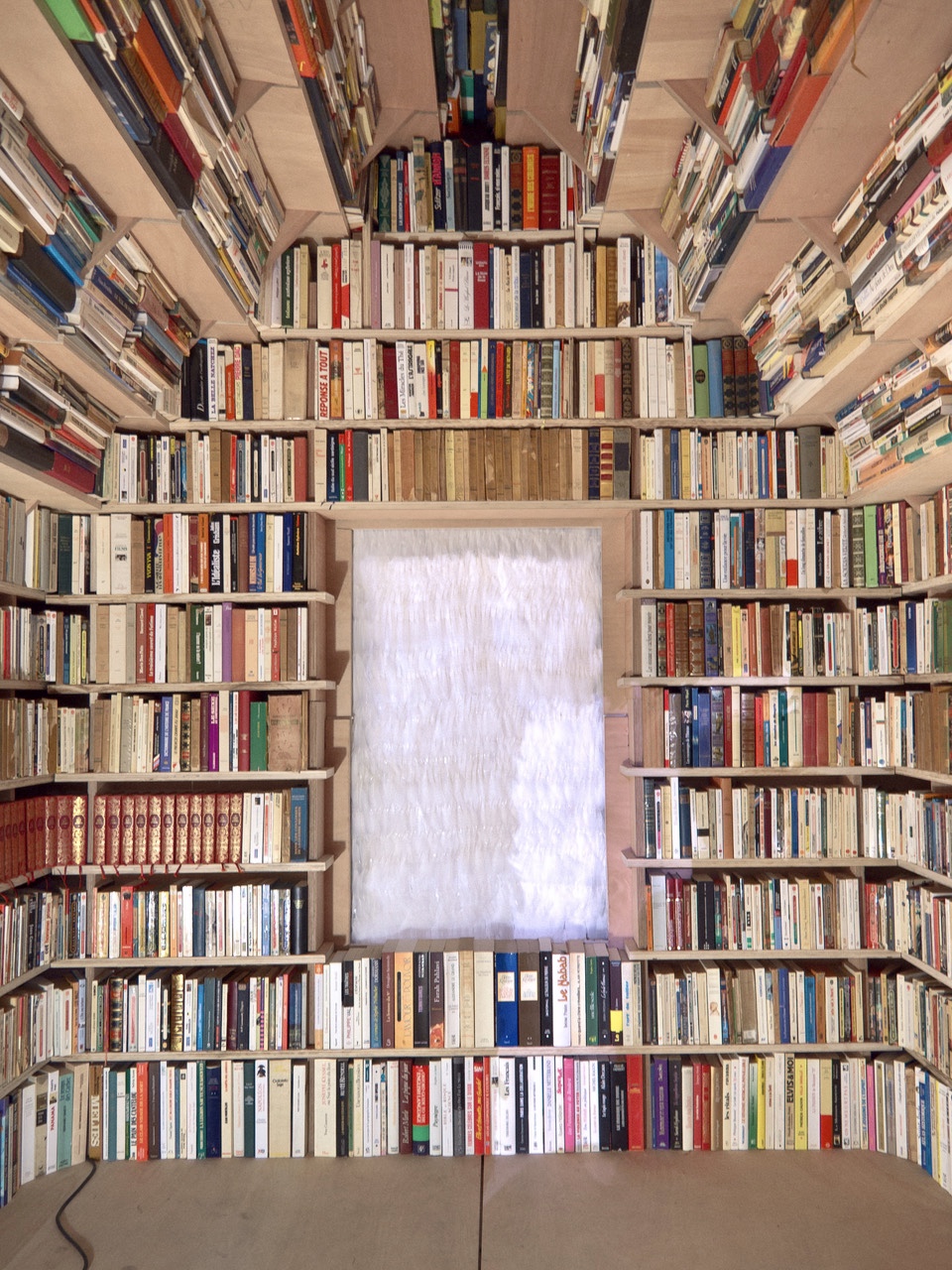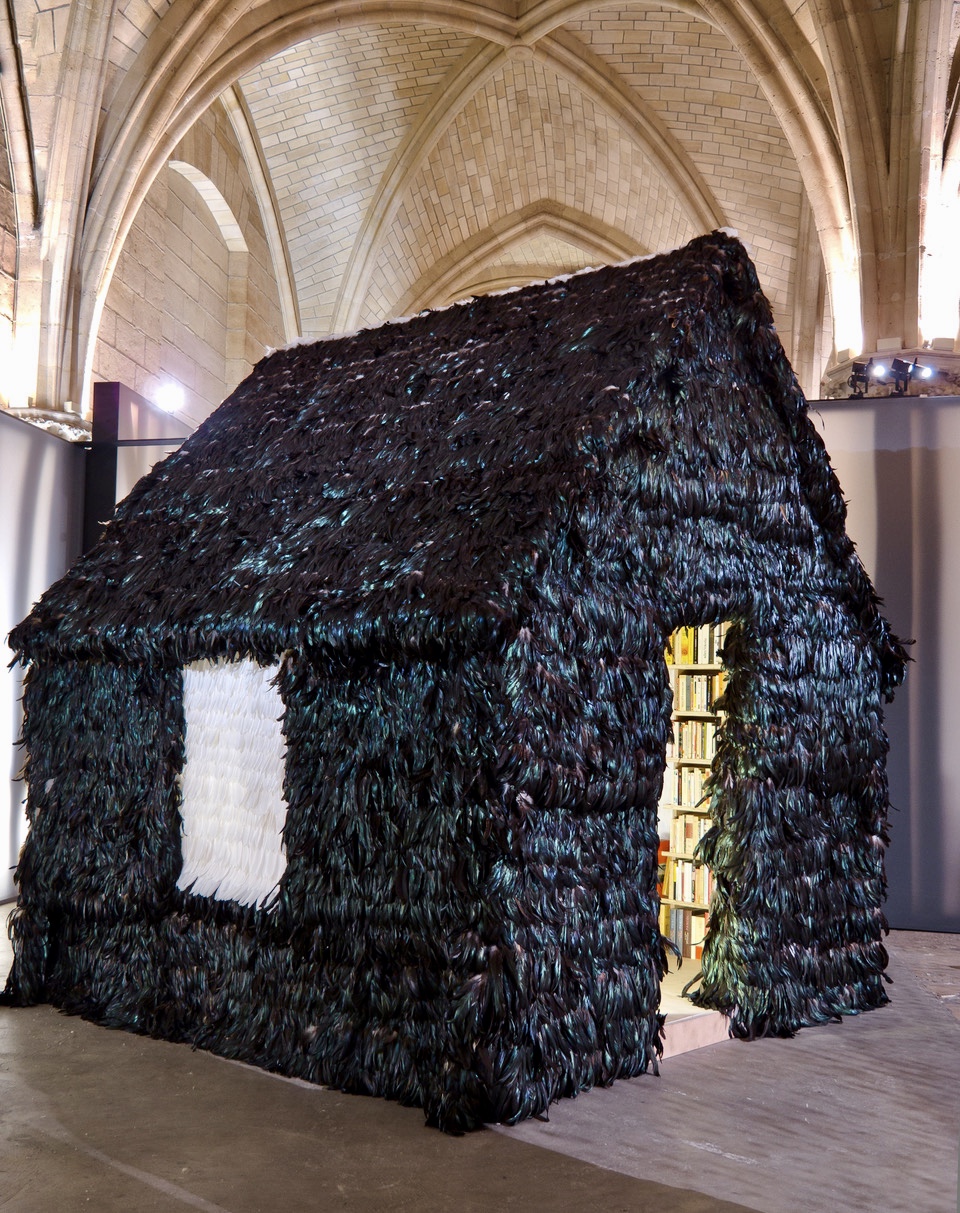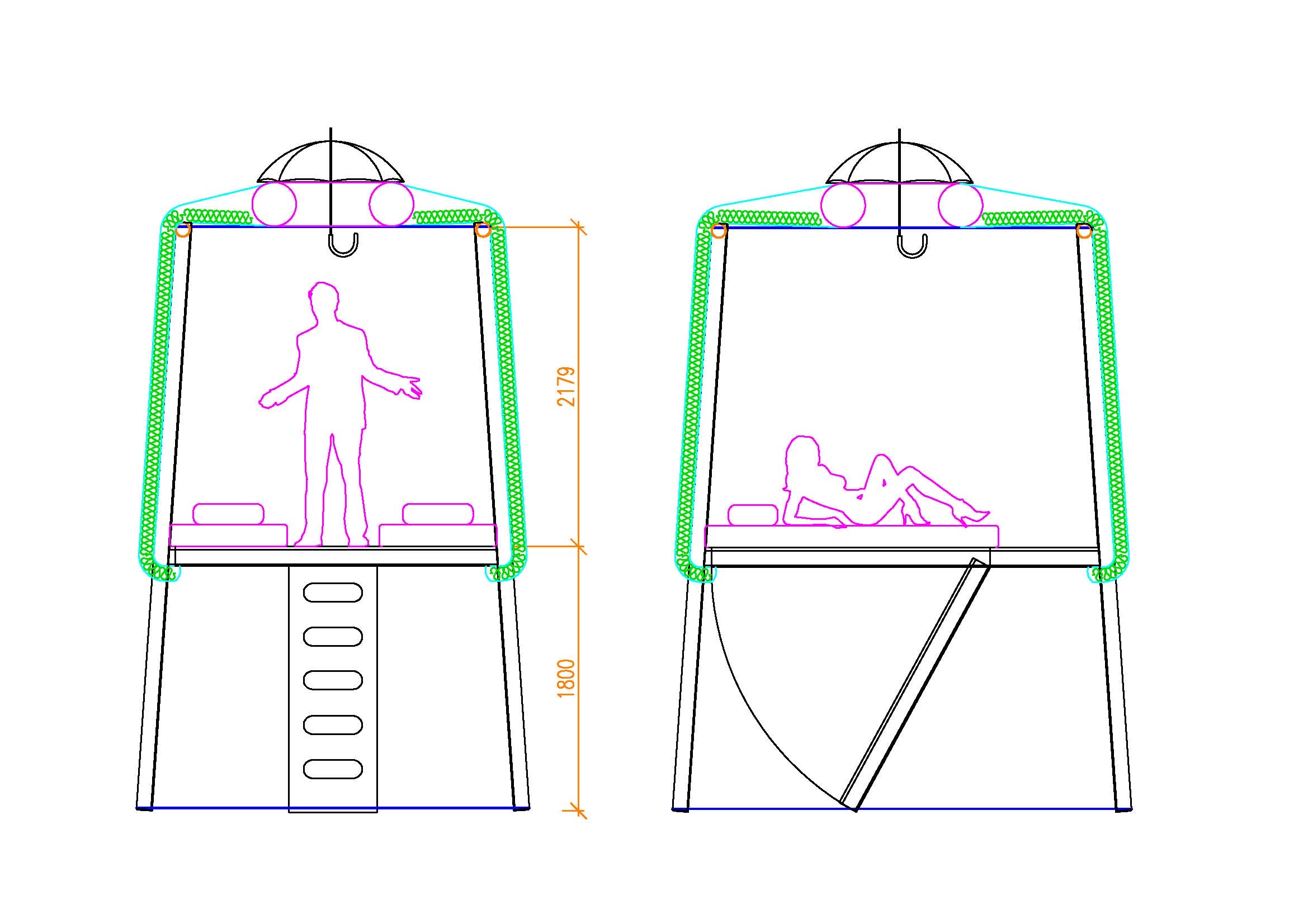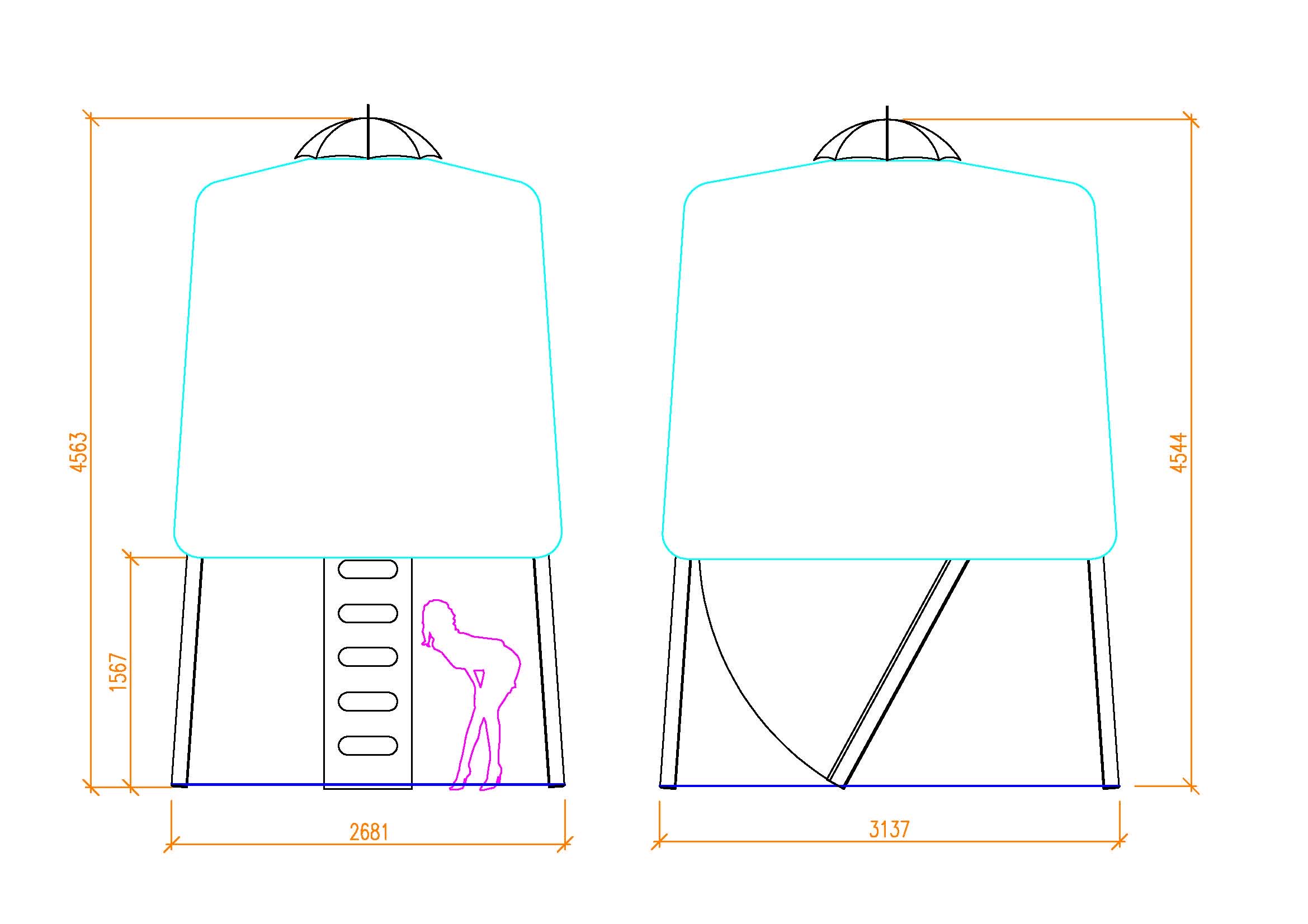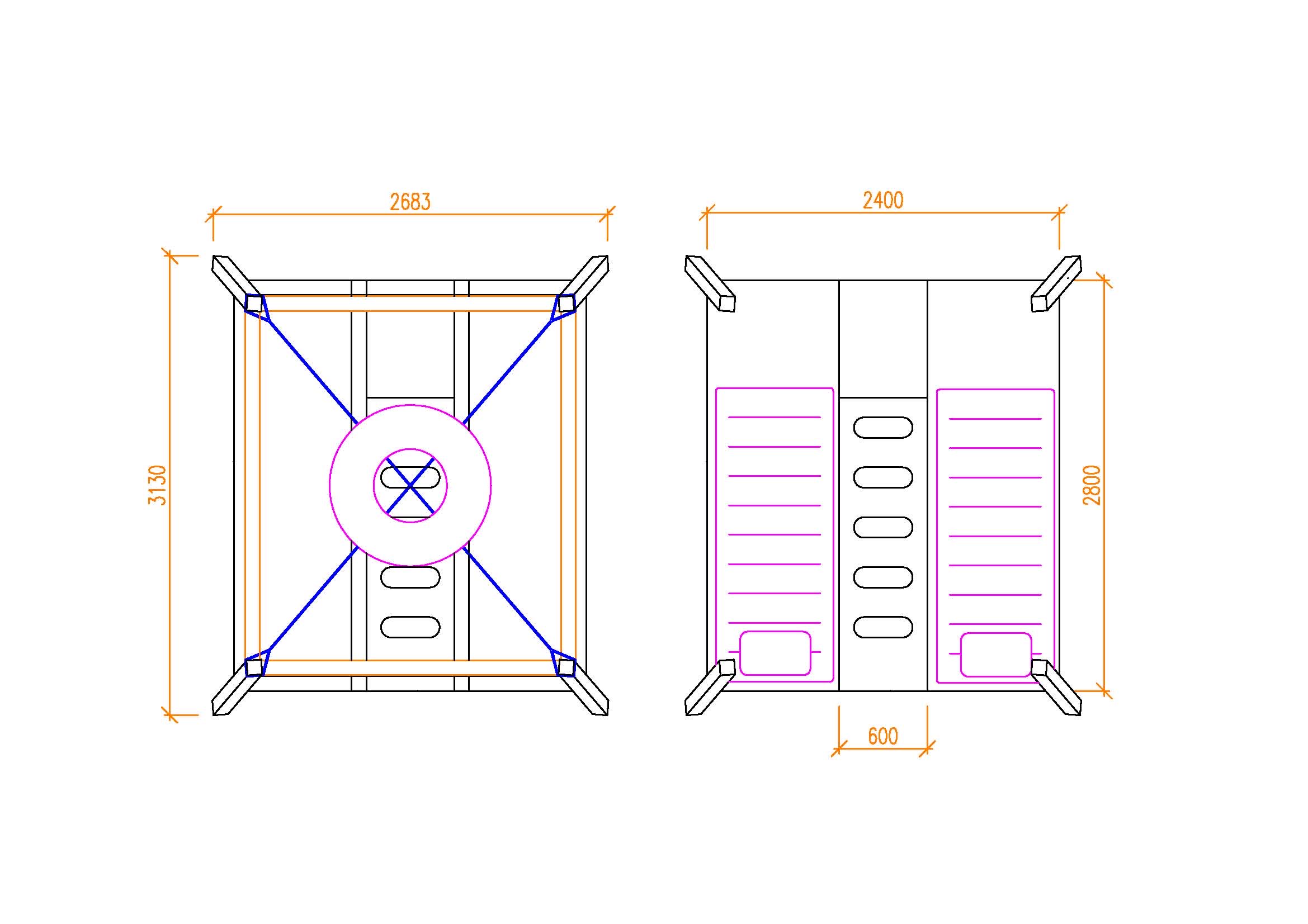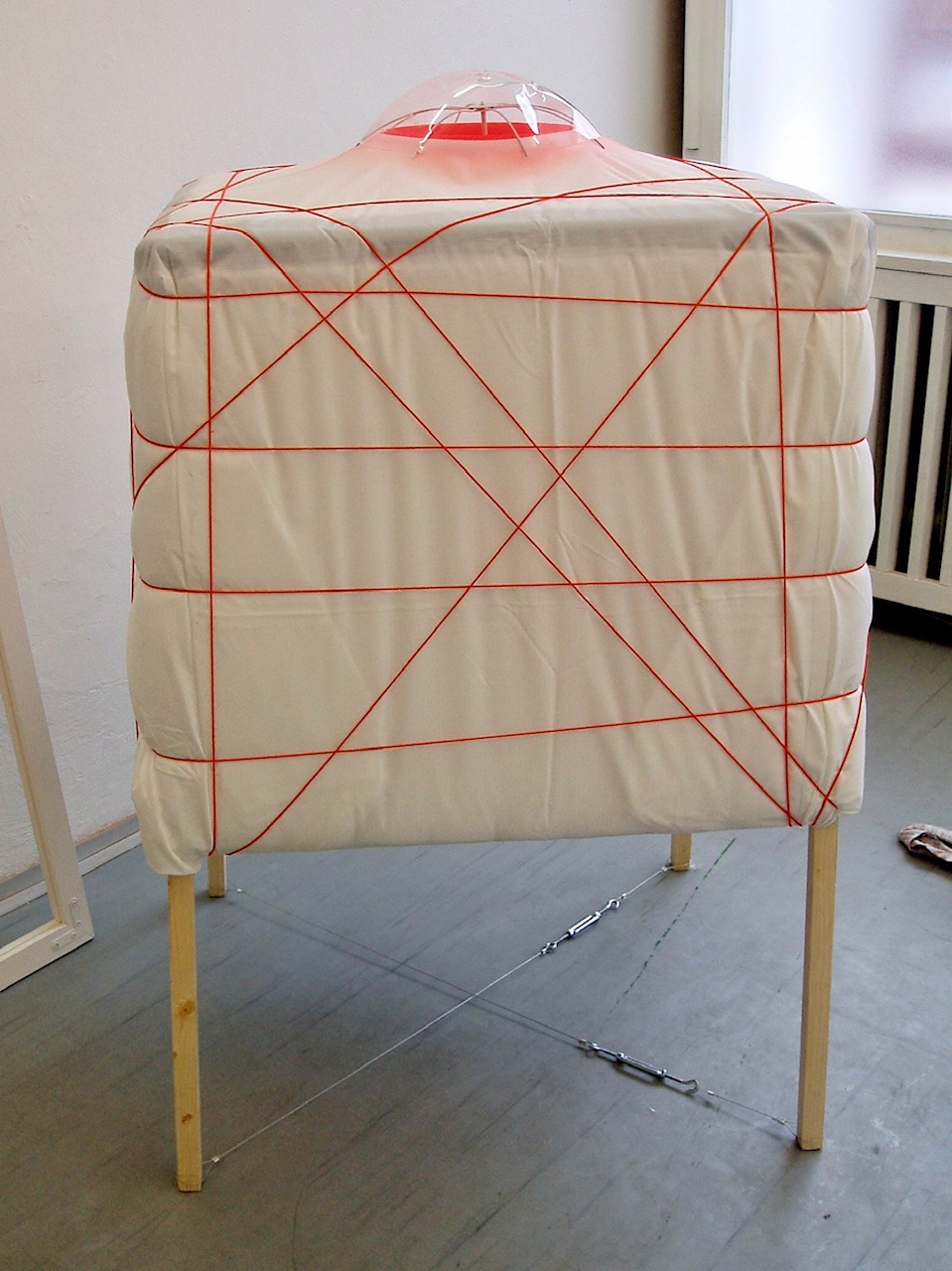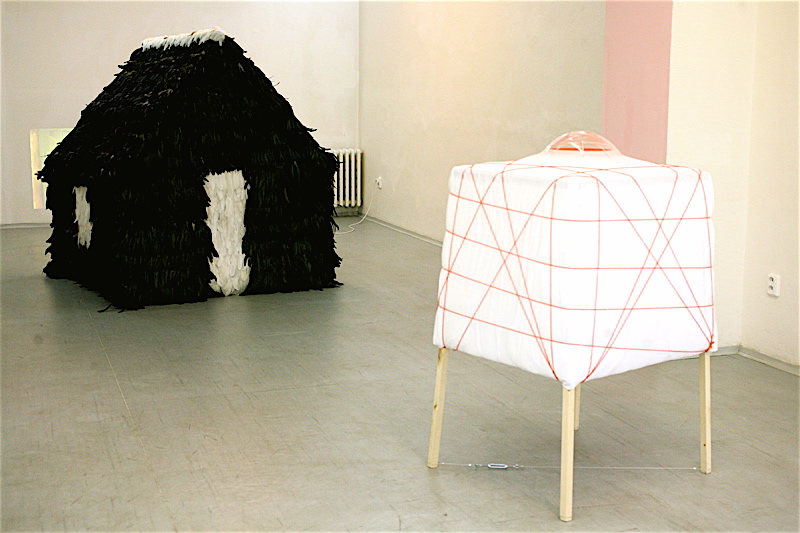Danubian Dreams
Bratislava
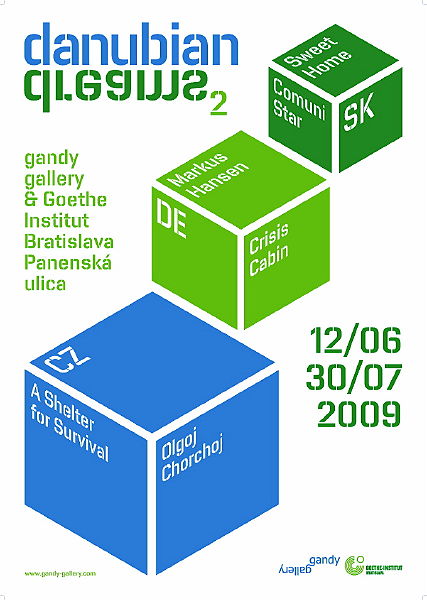
Exhibition: June 12 - July 30, 2009
The architectural project Danubian Dreams was born during the occasion of an encounter between the architect Odile Decq and the galeriste Nadine Gandy.
The gandy gallery's vocation is to be a laboratory rather than a simple gallery; a meeting point without exclusivity for art, design and architecture, but also for the creation of multiples forms and projects.
Danubian Dreams gathers five European architects and designers: Odile Decq(F), Peter Cook(GB), Matali Crasset(F), Medusa Group(PL), Helen & Hard(N) who were invited to create their own « shed ». This project re-questions the idea of the hut as the first habitat and re-proposes this notion to live in the 21st century.
For the second edition Danubian Dreams2 Markus Hansen (D), Olgoj Chorchoj(CZ) and ComuniStar (SK) will develop a new concept related to necessity and uncertainity. The exhibition will be situated in gandy gallery, on Panenskà number 30 in Bratislava.
MARKUS HANSEN (D)
Crisis Cabin
Markus Hansen's 'crisis hut' is reminiscent of the huts of the Black Forest.Without a nail, screw or glue, every piece slots together to facilitate it's mobility.It's exterior is covered with feathers to protect against the rain. Made of 22mm plywood it has a system of shelves on the inside that slot into the rest of the structure.The books that fill the shelves isolate against the cold and are the source of reinvention and regeneration. The cover of feathers remind us of the necessity of a dialogue with nature for survival whilst the lining of books serve as the resource of the past for the future.
The 'crisis hut' is both a primitive and sophisticated response to the demands generated by a crisis.
Markus Hansen was born in Heidelberg, Germany in 1963. When he was nine, his family moved to Liverpool, England. After his art studies at the University of Reading, he assisted Joseph Beuys on the installation Plight. In 1986/87, he lived in Columbia, South America with the Waunana Indians pursuing his anthropological interests in the creative healing role of the Shaman.
He moved to Paris after a residence at the Cartier Foundation in 1992. In 2014 he moved back to London where he now lives and works.
Exhibitions:
Gandy gallery, Bratislava 2009
Deyrolle, Paris 2010
Bêtes Off, Conciergerie Paris et Chateau d’Aulteribe Puy de Dôme, 2011-2012
OLGOJ CHORCHOJ (CZ)
A shelter for survival
Shelters for victims due to natural or human catastrophes are carried out in these two ways.
The first one, the fastest, the most operative and the cheepest is a tent. It is not demanding for stocking, the construction lasts for one couple only several minutes. Its disatvantages present its little inner space- mostly its height, little privacy- mostly due to its missing soundproof caracter and transparence in the evening and almost no security- anyone can get in in several seconds. It is proper for using for a long time only in the most crictical situation.
The seconde one-slow, demanding for logistics, mechanisation and financial assurance is constructed as a flat or another prefabricated shelter. It solves all the imperfections of the first shelter. It is not limited by time, but in case of catastrophe, in general it is not available or we can't fold it up nowhere or eventually it misses any mechanisation for its transport and location. It is very demanding for stocking.
We tryed to create an object which could be a compromise between two objects. I is made of available materials and construction elements by using current manual technologies. The construction of the shelter is to carry out by 4 people and could be finished during one day. The object provides minimally a shelter for 2 people or eventually the object could be modified in two flats for 4-5 people.
The basic construction presents the floor situated and pressed among 4 wooden posts connected by crossed and tightened ropes at the top and at the bottom.The posts are slighty spaced and crossed by the ropes which are joint properly and therefore this little interior could be aered sufficiently. Tho top of posts are fastened by waste pipes which strenghten the borders of the “roof”. The walls and the ceiling present two layers of the white sheets between which is a mineral thermal isolation. The whole object is tied by a rope. We can enter the object from the bottom through a reclined floor which serves also as a ladder. Due to the elevated position of the shelter above the ground the shelter acquires more security and have no problems with wet and muddy ground. Aeration and illumination are assured by a round hole int the middle of the roof which is in the middle promoted by a swimming ring.The hole is covered by a transparent umbrella.
The shelter provides a protection agains the rain, partially against the temperature changes and provides a security thought not perfect, we can close it and it provides a privacy.
